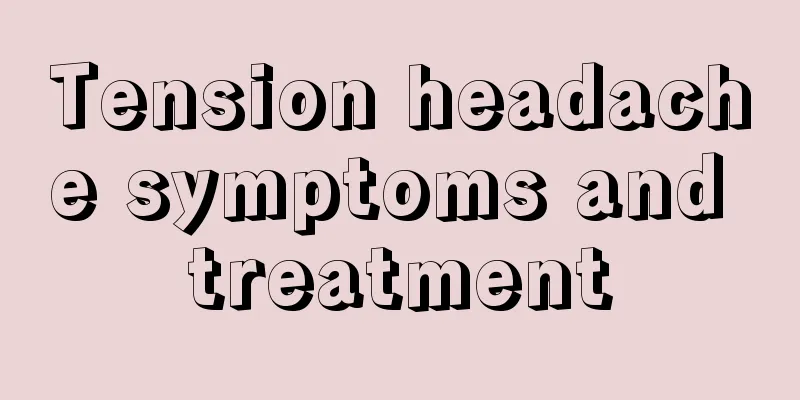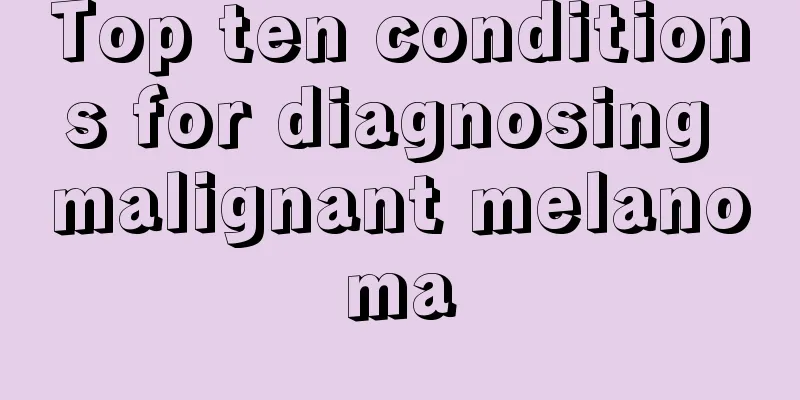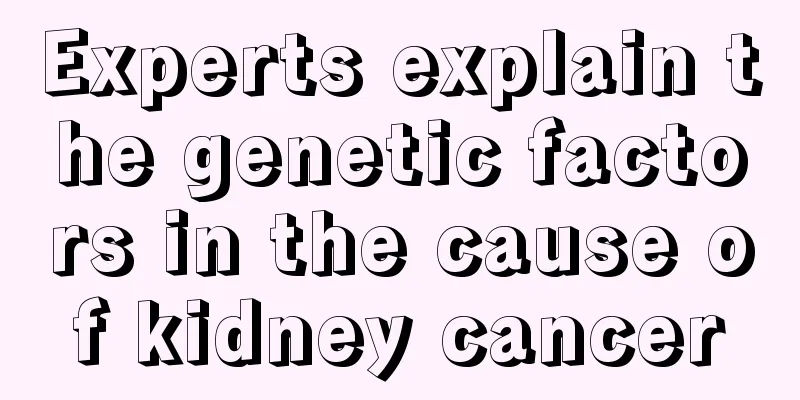Tension headache symptoms and treatment

|
Tension headache, also known as muscle contraction headache, is a common type of headache in clinical practice. Tension headache can be seen in people of all ages. The symptoms of tension headaches are mainly dull pain in the head. Tension headaches can be treated and can also be relieved through massage. 1. This disease is more common in young and middle-aged people, and children can also get sick, regardless of male or female. The initial symptoms are mild, and then gradually become significantly worse. The clinical characteristics of tension-type headache are dull pain in the head without pulsation. The headache is located in the top, temporal, forehead and occipital region, and sometimes there is pain in the above-mentioned parts. The degree of headache is mild or moderate, and is not aggravated by physical activity. Patients often complain of heavy pressure on the top of the head or a sense of tightness on the head. In addition, the occipital and neck area feel tight and stiff, which is particularly obvious when turning the neck. There is no fear of light or phonophobia. A small number of patients are accompanied by mild irritability or depression. Physical examination including neurological examination shows no positive signs. The muscles around the skull, such as the occipital muscles, the top of the head and the upper shoulder muscles are often tender. Sometimes, gently massaging them makes the patient feel relaxed and comfortable. There should be no abnormalities in brain CT or MRI, and there is no hypertension or obvious ENT diseases. 2. Headaches are mostly located in the forehead, occipital and neck areas, presenting as persistent dull pains. Patients often complain of a tight and heavy feeling in the head, without nausea or vomiting. Headaches may occur when waking up in the morning or shortly after getting up, and may gradually worsen or remain the same throughout the day. Patients often claim that the headaches have not been relieved for many years. 3. Physical therapy can improve tension headaches. The treatment plan adopted by some scholars includes four parts: training the correct posture of the neck and head when sitting, standing, sleeping and working. Practice exercises at home to improve head position and prone positioning, strengthen the muscles in the back of the neck, and place an ice pack on the back of the neck. Massage into back and shoulders with medium to deep massage for 2 minutes. Passive stretches of the scalenes, upper trapezius, levator humeri, and pectoralis muscles for 5 minutes. |
<<: Vasospastic headache symptoms and treatment
>>: What to do if your eyes hurt and swollen, these can help you
Recommend
What is embolization interventional therapy for liver cancer? Is it a treatment method?
Among many diseases, cancer is the most terrible....
Anterior spinal artery syndrome
Anterior spinal artery syndrome is actually a dis...
What are the early symptoms of male lung cancer? Male lung cancer patients have 4 early symptoms
Lung cancer is the most common disease that threa...
How to effectively prevent bile duct cancer
Biliary duct cancer is even more dangerous than p...
Avoid excessive chemotherapy in the treatment of advanced colorectal cancer
Surgery is the undisputed main method for the tre...
Why do middle-aged people sweat frequently?
Nowadays, many middle-aged people sweat frequentl...
How to rule out cervical cancer
How to rule out cervical cancer? 1. If it is cerv...
What are the dangers of using a hand gripper?
A hand gripper, also known as a wrist strengthene...
What should we pay attention to when examining aortic sclerosis through chest X-ray?
Arteriosclerosis is a non-inflammatory disease of...
What to do if you get pregnant due to colon cancer
Can you get pregnant after colon cancer surgery? ...
What are the causes and diagnosis methods of prostate cancer
Prostate cancer is a malignant tumor that affects...
Is sleeping with air conditioning harmful to the body?
Many people like to use air conditioning in the s...
Ten small actions that cause diseases
People always have some small movements in their ...
What to do if junior high school students have white hair
Gray hair is a very common natural aging phenomen...
What are the causes of testicular cancer
What are the causes of testicular cancer? With th...









